From The DC Comics Guide to Digitally Drawing Comics:
But I encourage you to zoom out (by going to View > Fit on Screen) every once in a while just to make sure you aren’t getting stress out over an area no one will notice. — Freddie Williams II
That’s my preview of issue 17: Life advice from drawing books. In the meantime, welcome to issue 2!
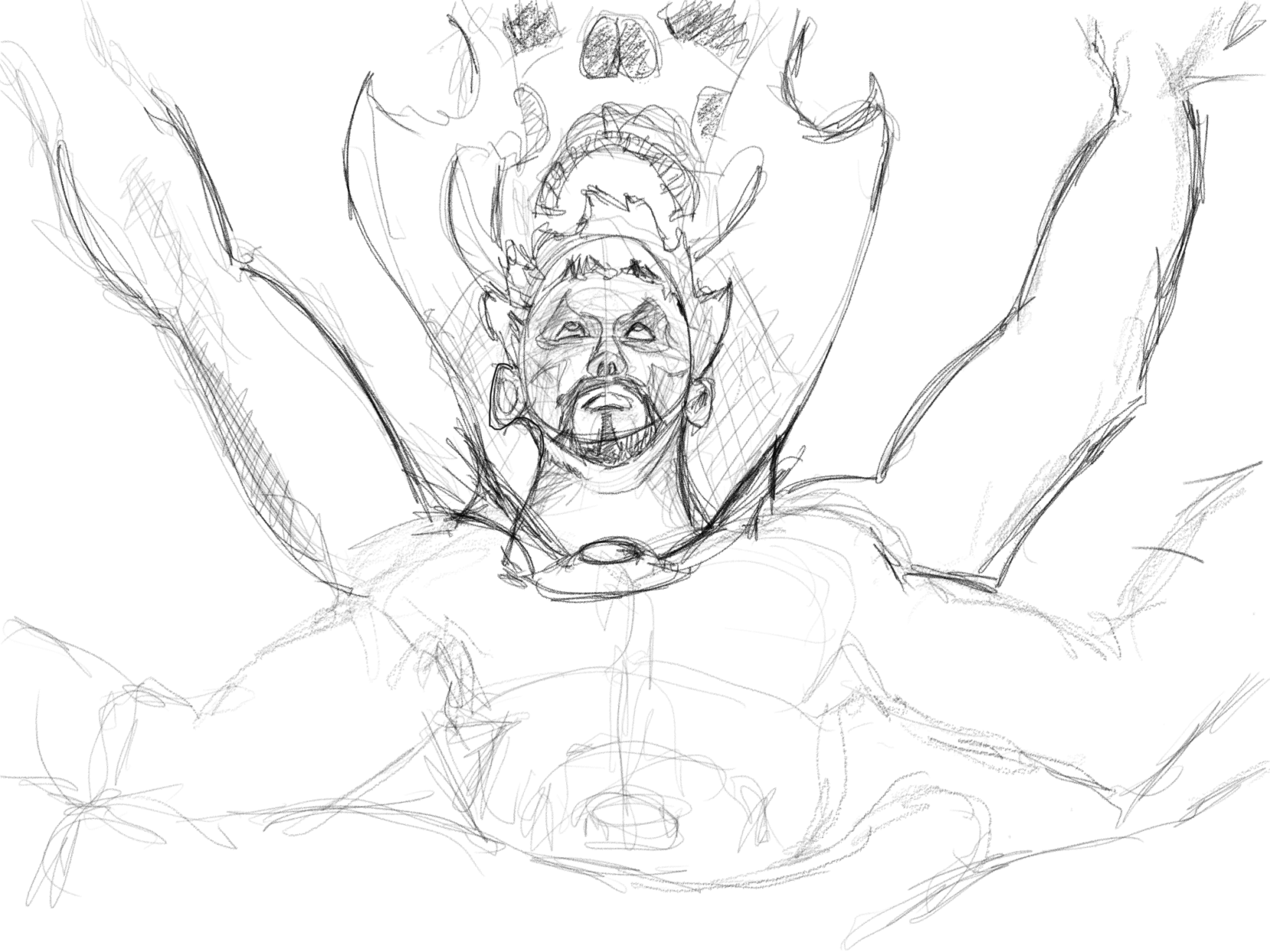
Sustainability
I wrote 100 posts in 100 days (and will probably mention it 1000 times in the next 100 days). Quality varied way too much but it was good seeing the amount of content at the end. Writing daily adds up.
I made some sacrifices to make it happen. (If I was a better writer, I’d have a lighter word than sacrifice.) I said no to some social events. I skipped workouts.
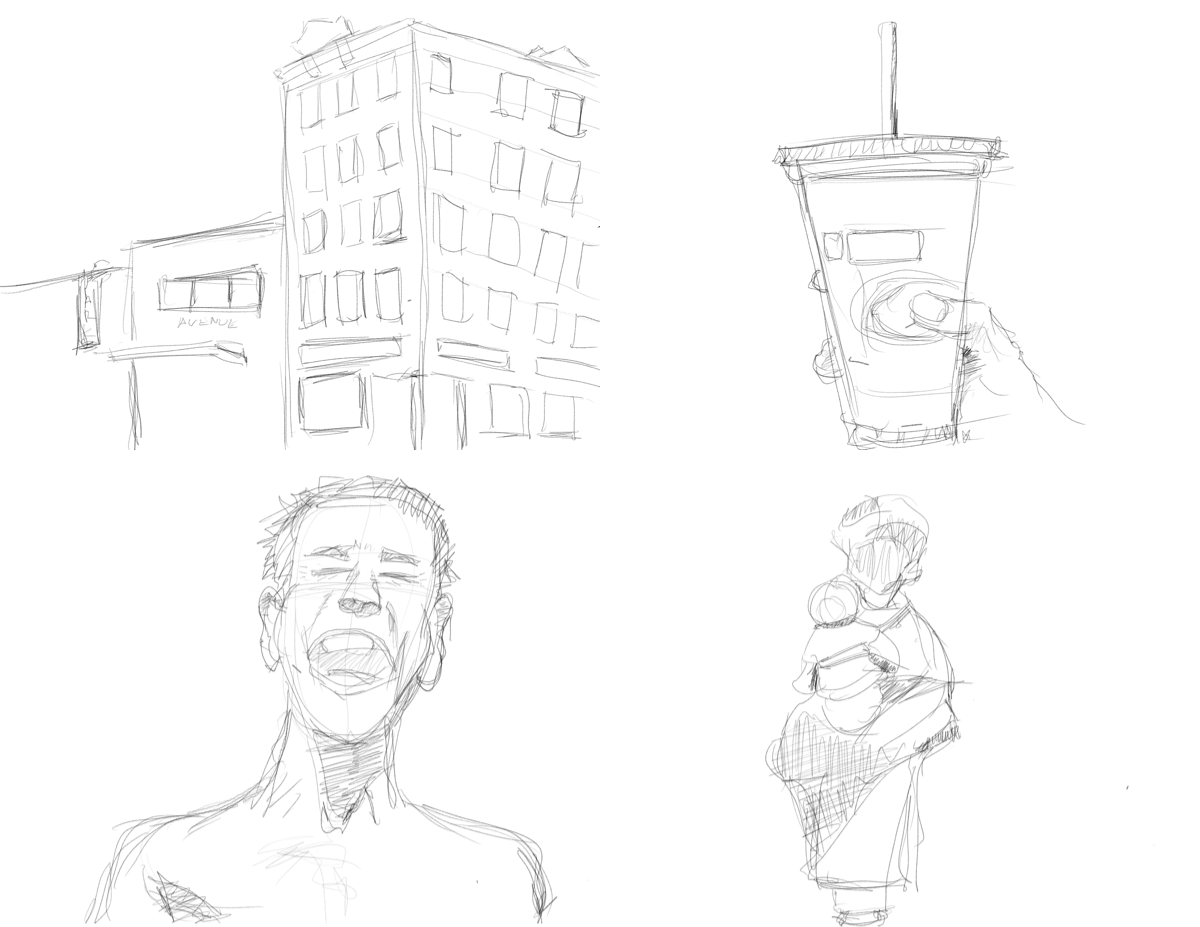
Was it worth it? Well…
Yes. To learn from. I followed a routine and got a tiny taste of what people mean when they say they can’t wait around for inspiration to write.
And no. Those things I sacrificed are important. Long term, my relationships and my body are more important than this hobby.
Nutrition and fitness advice often revolves around making it a lifestyle change. Otherwise you’ll just try yo-yo diet after yo-yo diet. It needs to be sustainable.
However, it’s useful to go to one extreme for a short period of time, like eating completely clean temporarily. You can then re-introduce foods and see if the costs are worth it. You can figure out the 80/20 and adapt the most effective aspects long-term.
Oh yeah, this is about writing. I want this creative project to be sustainable. I don’t want to lose sleep and take small steps in the wrong direction. Those add up over time just like writing one page a day adds up.
One step at a time toward 40 issues

So how can I make things sustainable? High level, my goal is 40 episodes and issues instead of 52. That gives me some breathing room. One week off each month.
I won’t get to 52 in a year. Not without sacrificing things that are more important to me in the long run.
If I was new to a site and clicked “archive” and saw 40 posts or 52 posts, they’re basically the same. It’s like if an ebook is $4 or $5.
What it does affect is consistency. As long as I don’t take two or three weeks off in a row, the consistency will be there. It’s much better than pushing to do 13 weeks in a row, then quitting entirely because I’m burned out.
I can make up for it with consistency in other channels. Those are hypothetical right now. It’ll probably be instagram. On weeks off, I can put the growth hacker hat on. “I won’t be here this week but follow me on Instagram!” That was supposed to be a joke but I can really see that happening.
5 sections a week. Well, maybe
Zooming in a bit, what can I finish in a week? A lot is learning how long things take. Last week’s issue was too long. Both in the time it took to make and just the length of the post.
I’m kissing the weekly dozen goodbye. This week I’m trying 5 sections.
When learning something new, it can be useful to apply concepts from fields you’re more familiar with. I’m learning to draw, so maybe there’s a good way to apply product design or software development concepts to all this.
Design sprints come to mind. Each issue of this has some design elements. Drawing is already a core part of design sprints. In sprints, different kinds of sketches are usually timed. Actually, nearly everything in the sprint is timed.
From Sprint: How to Solve Big Problems and Test New Ideas in Just Five Days:
We use Time Timers in our sprints to mark small chunks of time, anywhere from three minutes to one hour. These tiny deadlines give everyone an added sense of focus and urgency.
I’ll start timing things as I work on my process on each of these issues. If I can get an accurate time of things then I can set a timer, do that thing, and move on.
Avoiding the shallows
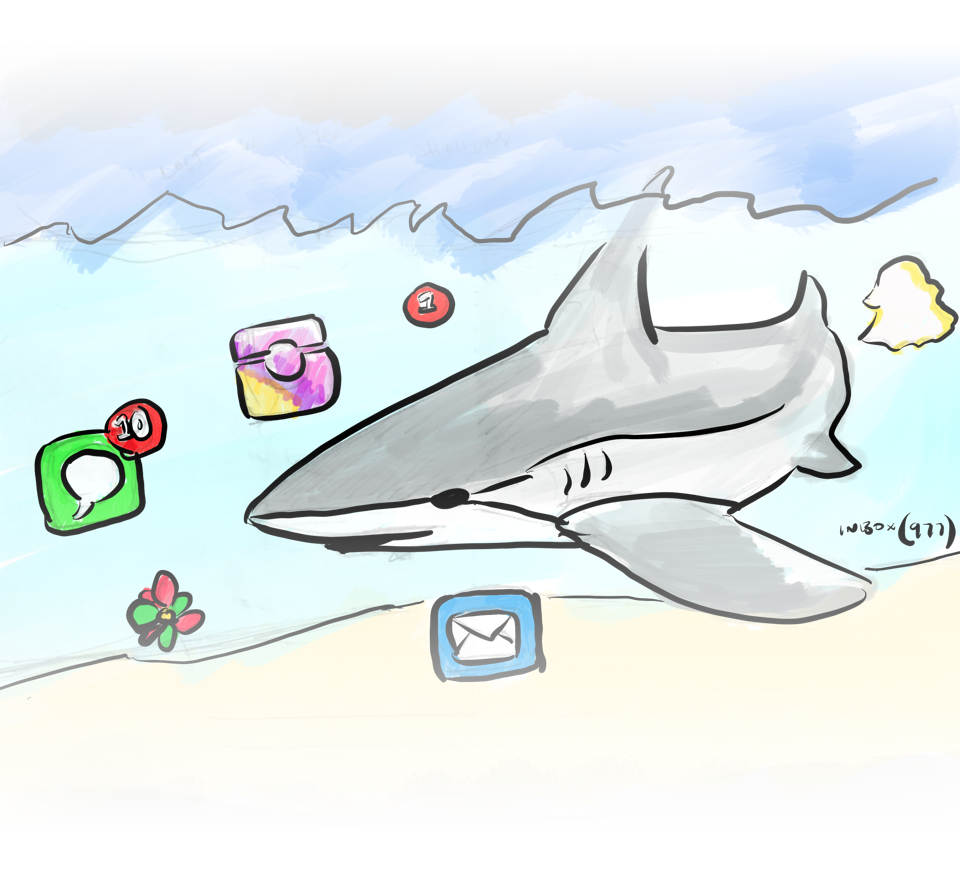
I’ve mentioned a few times that I want to try doing an entire issue—drawings and writing both—focused on single themes or topics. If it’s going to be about a book, Cal Newport’s Deep Work is at the top of the list.
The illustration above is a colored-in version of a sketch I found from earlier this year. I had an idea for a former version of this blog where each post would be a long-form book notes post.
It became another unfinished project.
The shark illustration is supposed to represent the idea of getting lost in the shallows. Deep work involves long stretches of focused time. The shallows are the opposite. Sometimes they involve work—glancing at email, bouncing around between 3 somewhat related tasks and making slow progress on all of them. Usually it’s not work related at all. Social media, texting friends, cycling through news sites.
Eventually, I’d like to sit down and finish that book notes post, because Deep Work has been a major influence for me this year.
Keys to Drawing

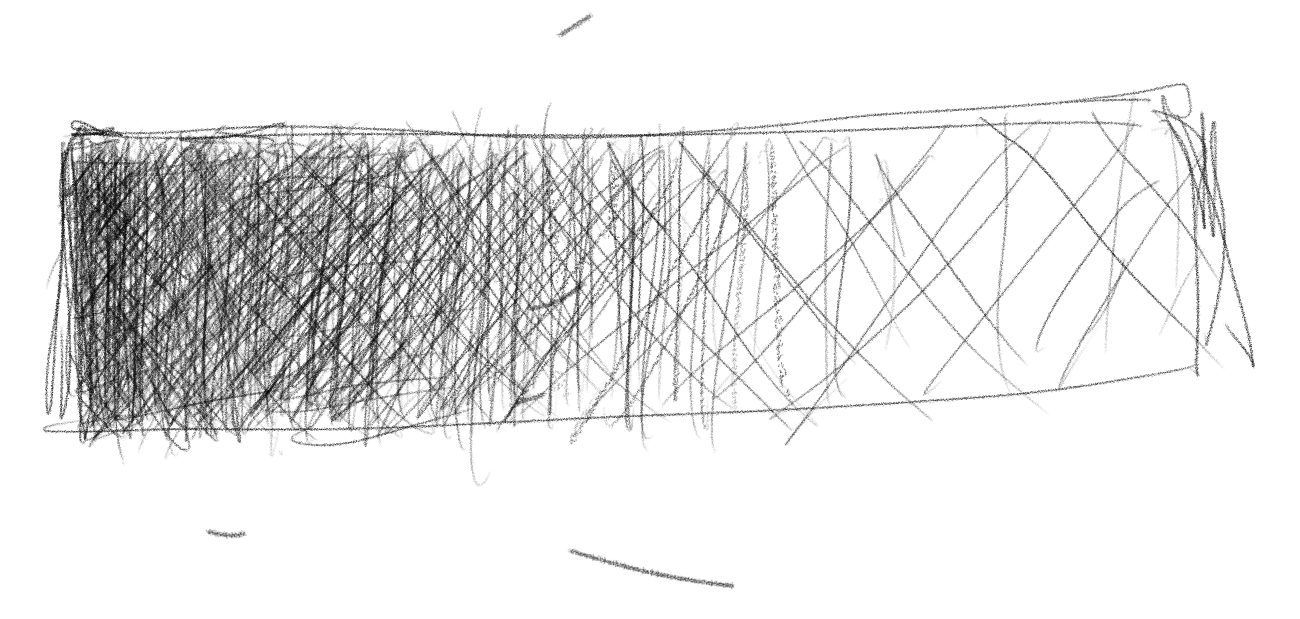
Deep work has a close cousin: deliberate practice. They both require the same sort of focus. I’m thinking a lot about how I can apply deliberate practice in learning to draw.
Anders Ericsson knows a lot about deliberate practice and shares a lot of the knowledge in Peak: Secrets from the New Science of Expertise:
If you’re in a field where deliberate practice is an option, you should take that option. If not, apply the principles of deliberate practice as much as possible. In practice this often boils down to purposeful practice with a few extra steps: first, identify the expert performers, then figure out what they do that makes them so good, then come up with training techniques that allow you to do it, too.
I don’t have a mentor to watch me draw right now. Tough luck, right? Maybe not.
This is where I might be able to really leverage technology. Recording and sharing my process is possible. You can watch me practice. I can hypothetically get feedback on that practice. First I’ll need readers and I’ll need to make interesting things.
I’ll work toward building an audience of people more skilled than I am that can give frequent feedback. That would be amazing.

In the meantime, I’ll find guidance from experts in the form of books. I’m currently working through Keys to Drawing by Bert Dodson. He explains different drawing techniques and provides exercises and suggestions for how much time to spend on them.
This week’s video portion is a look at an exercise of my own.
It’s inspired by something Simon Rich does to generate ideas:
When I was writing Free Range Chickens, I had just discovered Wikipedia and one of the ways I came up with ideas was to just keep refreshing, and keep clicking the random article until a premise occurred to me.
So I just set a timer to do three 5-minute intervals. At the start of each interval, I jam Wikipedia’s random button until a decent image showed up. Then I drew the subject with the remaining time.

Random images keep me from drawing the 17th plastic coffee cup of the week. It was a lot of fun. And it takes a set amount of time. This might become the first recurring feature of every issue.
DC Comics
Last week, I wrote about learning to create narrated images for each week’s video. Somehow comics never came to mind. But they moved to the front burner this week. When I drew as a kid, a lot of it was just trying to draw either comic characters or video game characters.
I bought a bunch of DC Comics books about making comics:
- The DC Comics Guide to Creating Comics by Carl Potts
- The DC Comics Guide to Penciling Comics by Klaus Janson
- The DC Comics Guide to Digitally Drawing Comics by Freddie E Williams II
Having skimmed through these, here’s the main takeaway: I still need to learn to draw first. I’ll keep working through traditional drawing books.
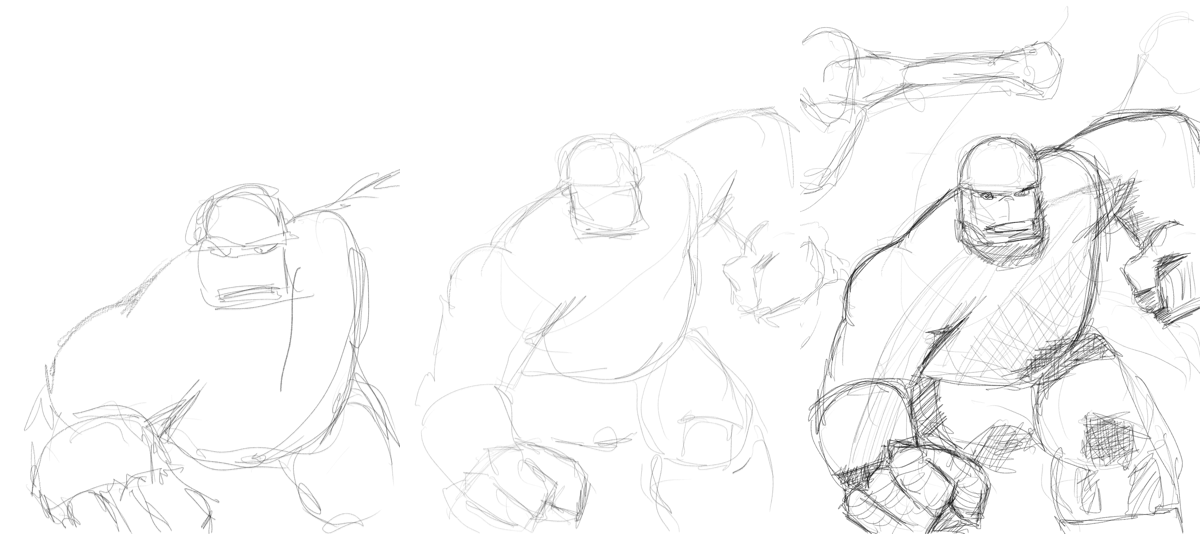
However, comics provide a style I’m interested in learning. Comics shine in a particular way when it comes to learning.
Comic artists show their work. Many artists do signings and drawings at conventions and things. A lot of times, they’re happy to let people record over-the-shoulder videos showing their process. These are available on YouTube.
Artists also often share their own process videos on social media accounts. There just seems to be an endless amount of videos of experts at work. A lot of their thoughts end up visible on the page. You can see things progress from very rough lines to final prints. It’s a resource that doesn’t exist for every craft.
You could time-lapse a writer writing and typing, but it’s not the same. You’d need to see drafts with revision notes to get any real insight. You might be able to find some of this for authors you like. But they don’t sit at conventions writing one-page stories for people to watch and learn from.

I knew a little bit when I started this project. Two weeks later, I have a better idea of how little I know. Hopefully 50 weeks later, this will provide a deep look at my learning process.
In the meantime, I’ll be looking for another plastic cup to sketch. This time with cross-hatching!